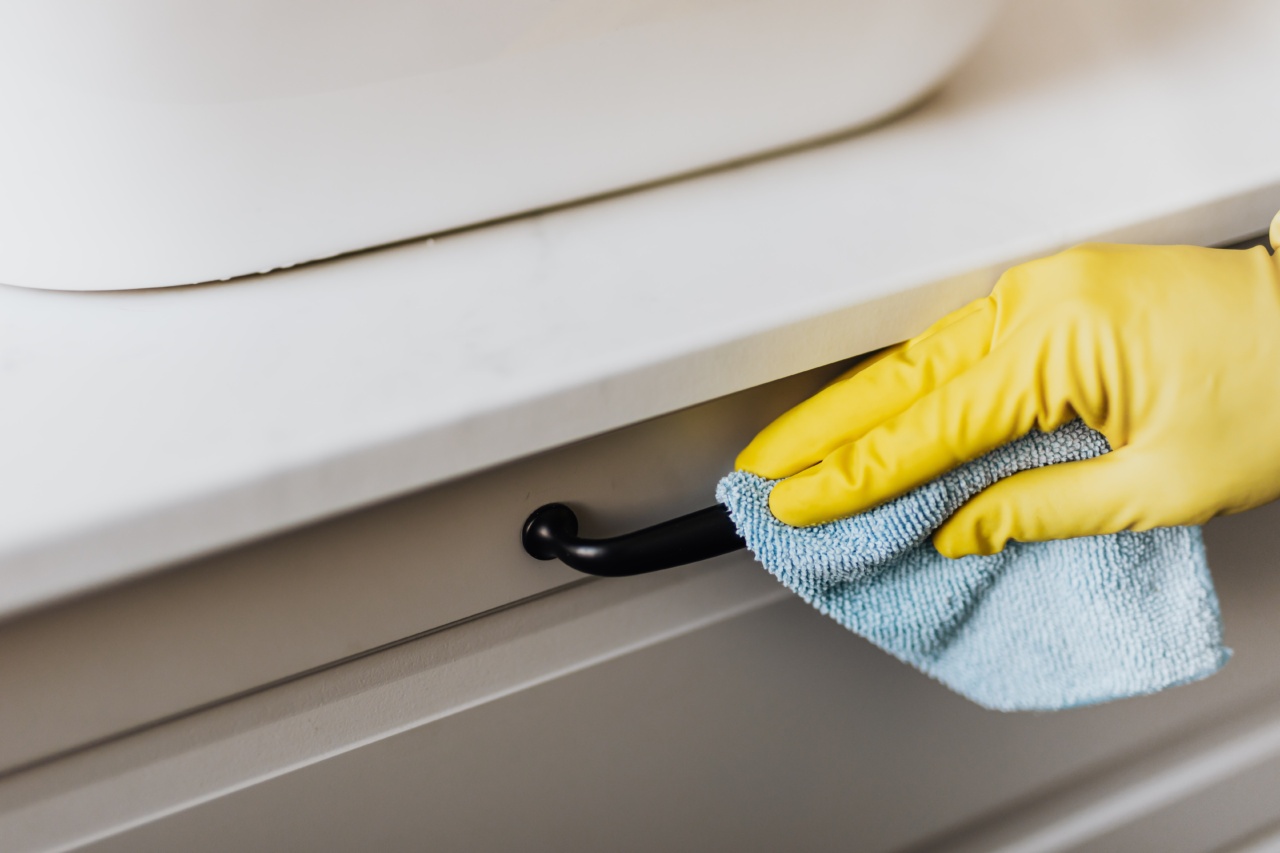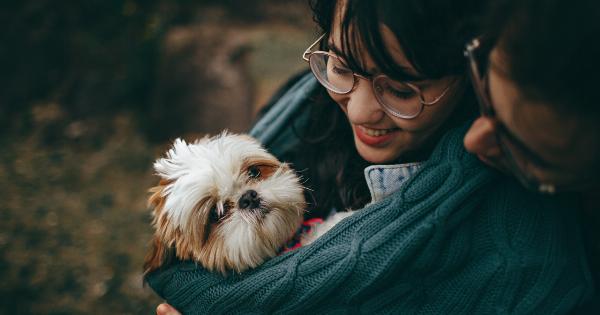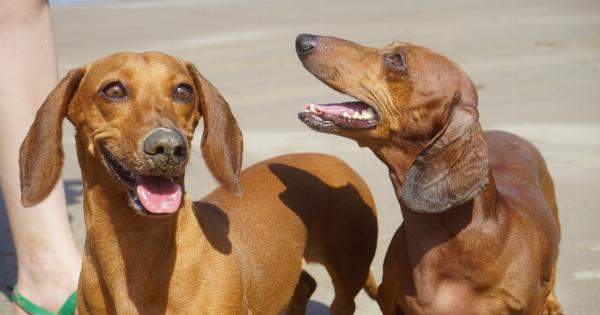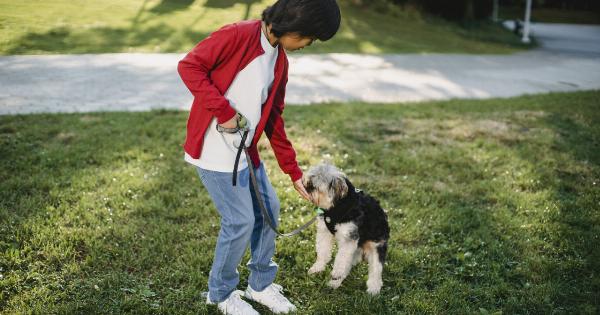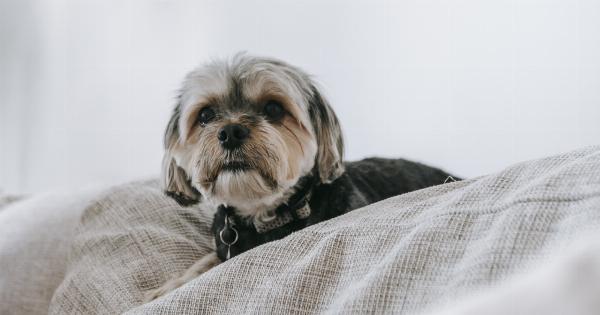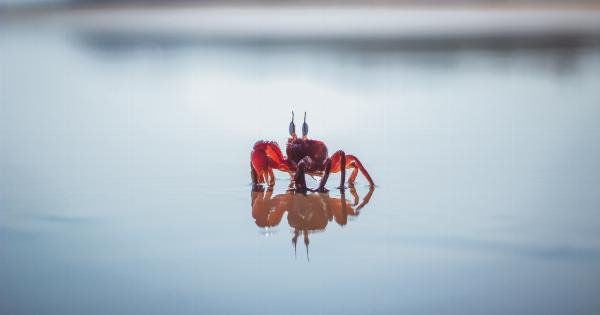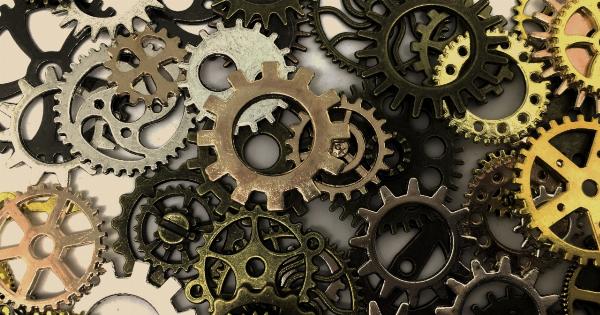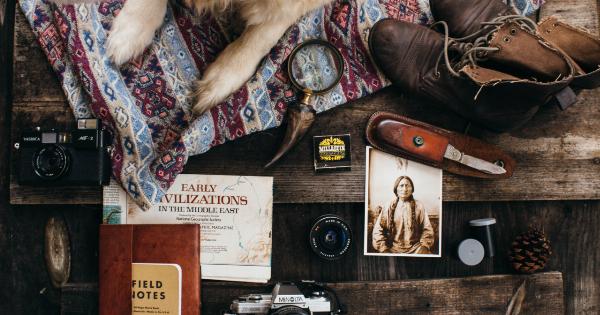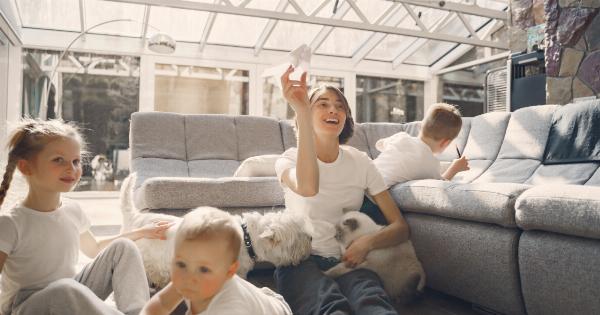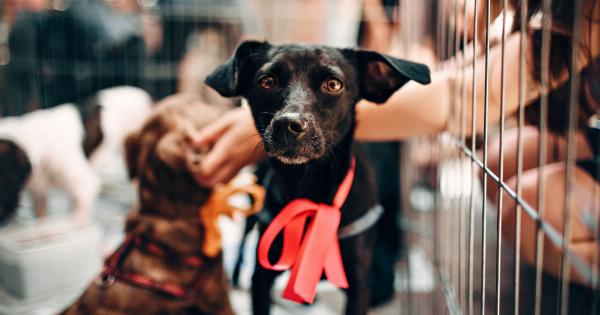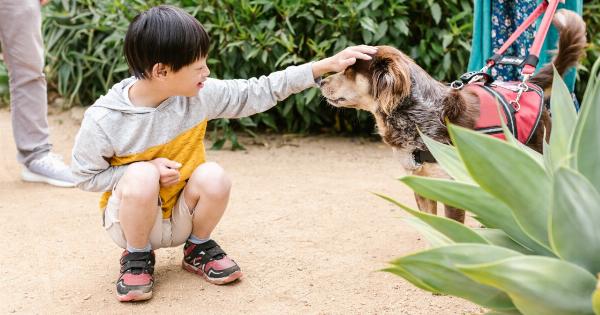Having a puppy at home can be one of the most wonderful experiences. They are cute, playful, and can bring joy to your life. However, with puppies comes a significant amount of responsibility, including keeping them clean and healthy.
Proper hygiene is crucial to your puppy’s overall health, so it’s important to ensure you know how to handle it correctly. Here are some tips on how to handle your puppy’s hygiene properly.
1. Bath Time
Bathing your puppy is an important part of their hygiene routine. However, it’s important to ensure you are doing it correctly. Firstly, it’s important to note that puppies do not need to be bathed every day.
In fact, over-bathing can be harmful to their skin and coat. If you have a young puppy, you should bathe them once every three to four weeks. As your puppy grows older, you can extend this to once every six to eight weeks.
Before you start, ensure that you have the right shampoo for your puppy. Consult with your veterinarian to find the best one for your puppy’s needs.
When bathing your puppy, remember to use lukewarm water, and start by wetting your puppy’s body. Work the shampoo into a lather and massage it gently into their coat. Rinse your puppy thoroughly to ensure no shampoo remains. Finally, use a soft towel to dry your puppy. Remember not to use a hairdryer as it can scare them.
2. Dental Care
Dental care is an essential part of your puppy’s hygiene. Dental issues can cause pain, tooth loss, and other health issues if left untreated. Therefore, it’s important to ensure your puppy’s teeth are clean.
Start by brushing their teeth regularly, ideally at least once a week. Use a soft-bristled toothbrush and dog-specific toothpaste. If you’re new to brushing your puppy’s teeth, start slow and gradually build up to a full brushing routine.
In addition to brushing, consider providing your puppy with dental chews that help clean teeth and strengthen gums. Consult with your veterinarian to find the best dental chews for your puppy’s needs.
Also, avoid giving your puppy human foods that can cause dental issues, such as candies or sugary foods.
3. Ear Care
Your puppy’s ears need to be cleaned regularly to avoid infections and other health issues. Firstly, check your puppy’s ears regularly, ideally once a week, for any wax buildup, inflammation, or discharge.
If you notice any of these, consult with your veterinarian immediately. To clean your puppy’s ears, use cotton balls or pads. Gently wipe the ear flap and the ear canal, but avoid going deep into the canal.
If you’re not sure how to clean your puppy’s ears correctly, consult with your veterinarian for guidance.
4. Nail Care
Nail care is another key part of your puppy’s hygiene. Overgrown nails can cause pain and discomfort, so it’s important to ensure they are trimmed regularly. Ideally, you should trim your puppy’s nails every two to three weeks.
When trimming, keep in mind that you should only cut the tip of the nail. Avoid cutting too low as this can hurt your puppy and cause bleeding. If you’re not comfortable trimming your puppy’s nails, consult with your veterinarian or a professional dog groomer.
5. Anal Gland Care
Anal glands are small glands located on either side of your puppy’s anus. These glands secrete a fluid that helps lubricate their stool, but they can sometimes become impacted, causing pain and discomfort.
Signs of impacted anal glands include excessive licking or biting of the anal area, dragging their rear end on the ground, and a foul odor. If you notice any of these signs, consult with your veterinarian immediately. They can empty the glands manually or provide medication to help reduce inflammation.
In conclusion, proper hygiene is crucial to your puppy’s overall health. By following these tips, you can ensure that your puppy is clean and healthy.
Remember, if you’re ever unsure about how to handle your puppy’s hygiene, consult with your veterinarian or a professional dog groomer.
